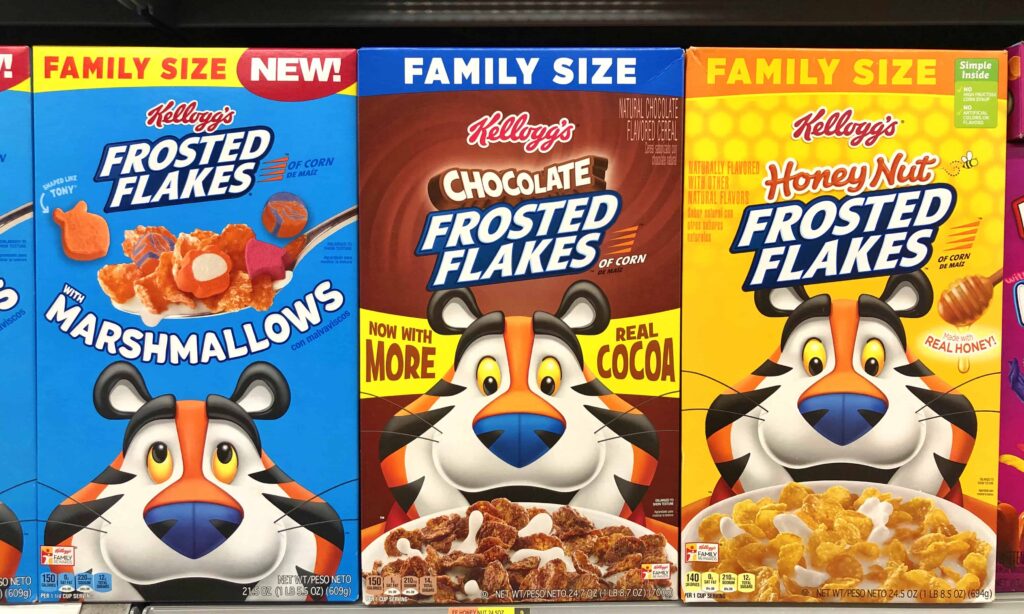As we navigate the vast landscape of brand advertising and marketing, certain icons stand out in our collective memory. The Michelin Man advocating for safer tires and Ronald McDonald symbolizing fast-food joy are all timeless examples of brand mascots. These characters, or avatars, represent a brand, and their role is crucial. They serve as ambassadors of a company, product, or service, making brands more engaging, attractive, and recognizable to customers. Let’s take a journey into the fascinating world of brand mascots and explore their significance in shaping marketing strategies.
Brand Mascots: The Heart of Brand Identity
At their core, brand mascots are the heart of brand identity, breathing life into products and services. They provide a face to the brand, making it more relatable and approachable. These mascots aren’t just logos or static images; they possess characteristics that help them interact with consumers on a more personal level. As the ambassador of a company, product, or service, a brand mascot enhances brand recognition, reinforces brand values, and, in some cases, even achieves pop-culture status.
Take, for instance, Tony the Tiger. His vivacious personality and energetic demeanor perfectly capture the essence of Kellogg’s Frosted Flakes, positioning the product as a source of energy and vitality. Tony’s iconic catchphrase, “They’re Gr-r-reat!”, resonates with consumers, offering a potent, memorable hook.

Creating a Brand Mascot
The process of creating a brand mascot requires a thoughtful blend of creativity and strategic thinking. Here are the key steps:
1. Understand Your Brand: The first step to creating a mascot is understanding your brand’s values, mission, and target audience. Your mascot should embody these elements, helping to solidify your brand’s message.
2. Sketch & Conceptualize: Next, start conceptualizing the mascot. Should it be human, animal, or object? Cute, serious, or quirky? Make sure its design and personality resonate with your target audience.
3. Develop the Mascot’s Story: Give your mascot a background story. This can help create a deeper emotional bond with consumers and humanize your brand.
4. Introduce the Mascot: Introduce your mascot through a strategic marketing campaign, ensuring that it embodies your brand’s message and connects with your audience on an emotional level.
5. Consistently Use the Mascot: Lastly, use your mascot consistently across marketing channels to foster familiarity and brand recognition.
Why Mascots Matter: Building Emotional Connection
Brand mascots often serve a dual role: to promote the brand and to create an emotional connection with the audience. This connection goes beyond the tangible aspects of a product or service. Instead, it taps into feelings, memories, and experiences. This deeper bond nurtures customer loyalty and long-term engagement.
For example, the Michelin Man, also known as Bibendum, connects with consumers by symbolizing safety and reliability. Its consistent presence in Michelin’s advertising underscores the company’s commitment to providing durable, high-quality tires. This, in turn, reassures consumers and builds trust.
Famous Brand Mascots in India
Let’s delve into some noteworthy examples of brand mascots in India, that have made a significant impact:
1. Amul Girl: The Amul Girl, India’s beloved polka-dotted mascot, was first introduced in 1967. Over the years, she has addressed numerous social and political issues through witty and humorous taglines, reflecting the brand’s social consciousness.
2. Air India’s Maharaja: The turban-clad, affable Maharaja of Air India personifies Indian hospitality. Introduced in 1946, he was initially just a figurehead, but soon evolved into the brand’s mascot, representing its service values.
3. Vodafone’s ZooZoos: Vodafone’s ZooZoos, introduced in the 2009 IPL season, became instantly popular for their unique appearance and entertaining commercials. Despite their alien-like appearance, they are indeed humans in costume!
4. Chintamani of ICICI: ICICI’s mascot, Chintamani, was created to simplify the perception of loans. His friendly and helpful character made loans seem more accessible and less intimidating.
5. Asian Paints’ Gattu: Designed by the renowned cartoonist R.K. Laxman, Gattu, the mischievous boy with a paint bucket, became the mascot for Asian Paints. His playful demeanor appealed to the masses and helped the brand connect with consumers.
6. Nirma Girl : This beloved mascot, dressed in her iconic white frilly frock, has been an enduring image since the 1980s. Named after the founder’s daughter Nirupama, the Nirma Girl was designed by a Gujarat-based ad agency, Purnima Advertising, symbolizing cleanliness and purity, synonymous with the detergent brand.
7. Parle-G Girl : Created by Everest Creative’s artist Maganlal Daiya in the 1960s, the Parle-G Girl has become an emblem of the biscuit brand. Her familiar face on the packaging is an image synonymous with the company’s identity, evoking feelings of trust and nostalgia among consumers.
8. Lijjat Papad Rabbit: The quirky bunny puppet, managed and “voiced” by Ramdas Padhye, a ventriloquist in Bombay, was an innovative approach to brand mascot design. The jingle “kharram khurram” won millions of hearts and became an unforgettable part of Indian advertising history.
9. Indian Railway’s Bholu: This elephant, dressed as a guard and often seen holding up a green flag or a signal lamp, was designed by the National Institute of Design in 2002. Created to commemorate the 150th anniversary of Indian Railways, Bholu became an endearing symbol of the country’s vast railway network.
10. Onida’s Devil: Onida was the first brand in India to choose a negative character to represent a brand – a unique choice that significantly increased the brand’s appeal from 1985 till 2000. The devil, an embodiment of the brand’s tagline “Neighbor’s Envy, Owner’s Pride,” added an element of intrigue and uniqueness to its campaign.
Creating Mascots: Aligning with Brand Messaging
Developing a brand mascot requires careful thought and planning. The mascot must align with the brand’s core values and messaging. It should embody the brand’s persona and reflect its unique identity.
In the case of Ronald McDonald, the mascot aligns with McDonald’s brand messaging of fun, family-friendly dining. Ronald’s playful and warm demeanor personifies these values, making the brand more appealing to families and children.
The Evolving Role of Mascots in the Digital Age
The digital era has revolutionized the way brand mascots interact with audiences. With the advent of social media, mascots have transitioned from static figures in print ads to dynamic characters capable of real-time interaction. They can tweet, share posts, and even participate in trending discussions, making them more relevant and engaging.
The Lasting Impact of Mascots
In conclusion, brand mascots serve as powerful marketing tools that humanize brands, promote brand messaging, and foster emotional connections with consumers. They are integral to brand strategy and can significantly enhance a brand’s identity and customer engagement. As the digital landscape continues to evolve, we can anticipate even more innovative and interactive roles for these colorful ambassadors of brand identity. With the right mascot, brands can truly bring their stories to life.
Also Read: Exploring Top 10 Cadbury India Marketing Campaigns
Ultimately, the enduring appeal of brand mascots like the Michelin Man, Amul Girl and Ronald McDonald is a testament to the enduring power of well-crafted, engaging brand mascots. These characters have transcended their roles as mere marketing tools to become beloved figures in popular culture, reflecting the incredible potential of mascots in shaping brand stories. In the end, brand mascots aren’t just selling products – they’re creating memories and building lasting relationships with consumers.
And that, folks, is the real magic of brand mascots.
















